Best lenses for travel photography in 2025: perfect all-in-one superzooms
The best lenses for travel will let you shoot almost anything, and save some space in your bag!
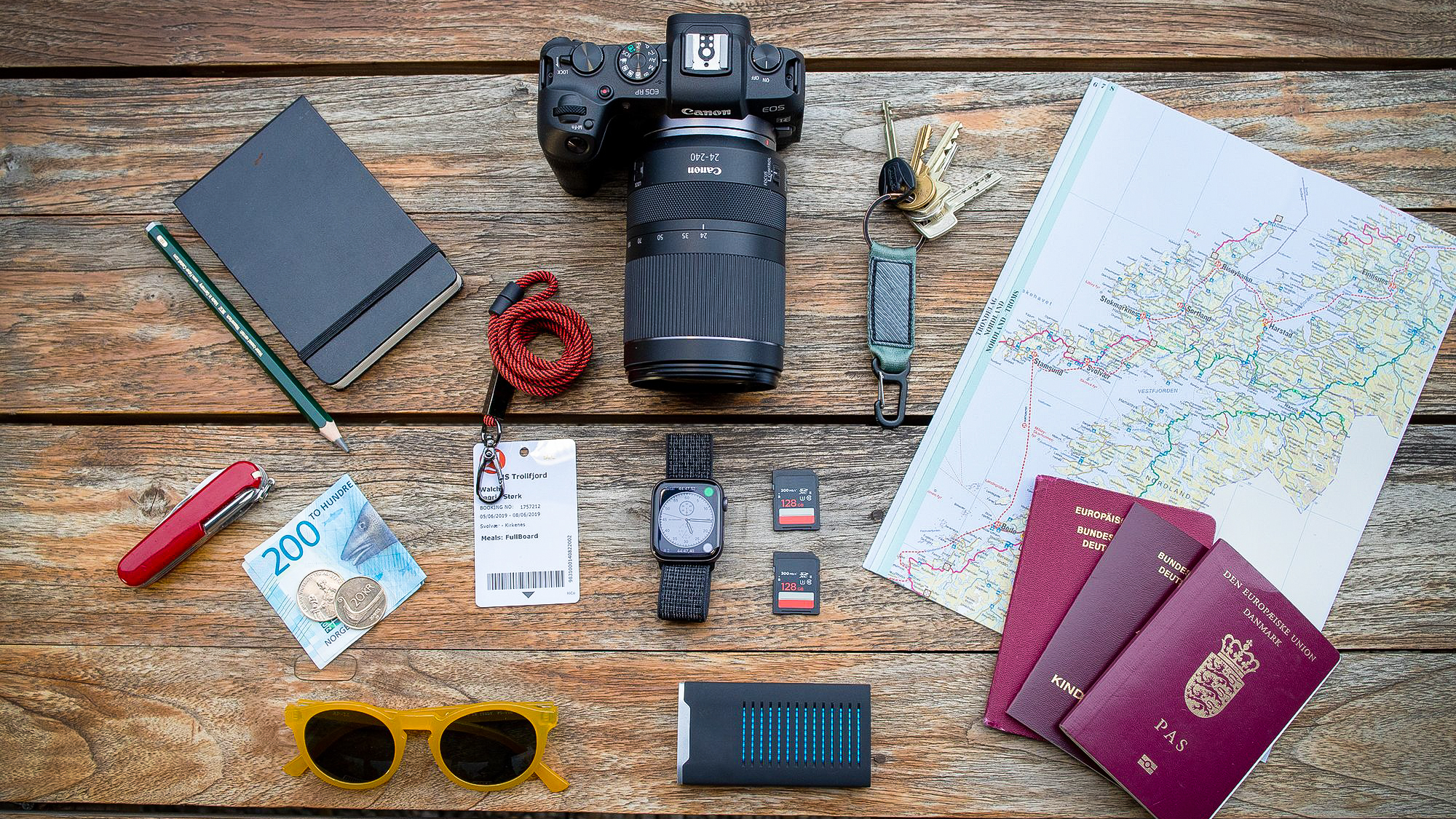
The best lenses for travel photography will enable you to take amazing photos without weighing you down. Travel photography lenses are often versatile zooms that allow you to pack just one lens, such as a superzoom, but it all comes down to your shooting style and how much you want to carry.
With most of your bases covered, you can focus on snapping gorgeous landscapes, stunning sunsets or captivating portraits, and the best part is if you choose to just take one lens with you, you'll never have to faff with changing it.
When picking a superzoom lens, it’s tempting to go for the biggest zoom range you can get your hands on. However, such lenses tend to be quite large and weighty. They’re generally more convenient and less heavy than a combination of standard and telephoto zoom lenses, but when you want to travel light or go on walkabout, it’s nicer to have something smaller and more lightweight dangling off your camera strap.

Globetrotting photographer and journalist Matthew is our go-to lens reviewer and has tested more lenses than you've had hot patatas bravas. Here he looks at the best all-in-one lenses for taking on your travels.
The Quick List
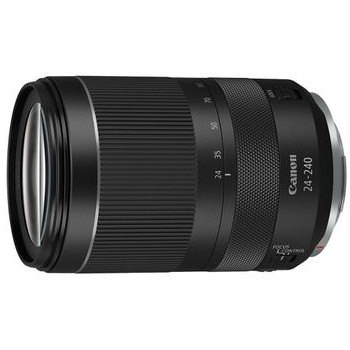
With a 10x zoom range, great stabilization and fast, silent autofocus, this is the top choice for Canon EOS-R mirrorless shooters
Read more below
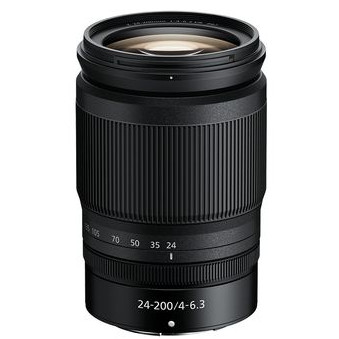
There's usually an image quality tradeoff with superzooms, but not with this one, by far the best travel lens for Nikon Z-system cameras
Read more below
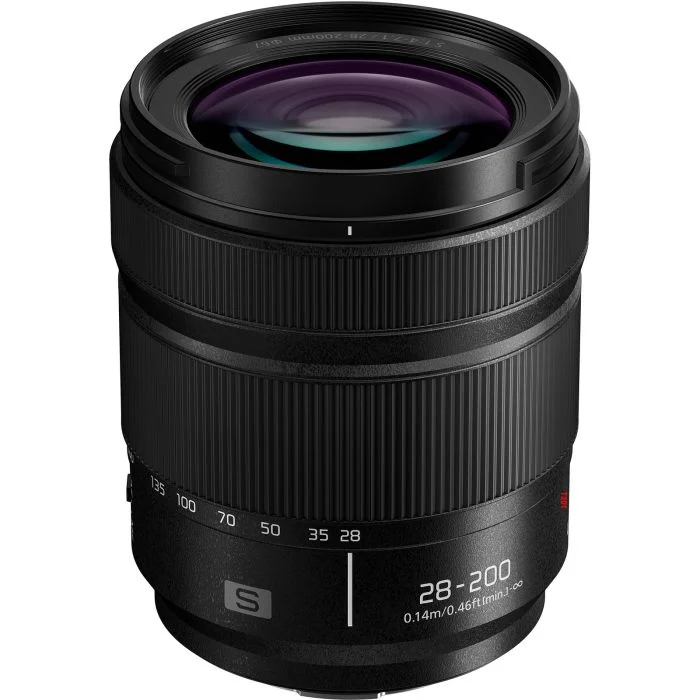
Users of L-mount cameras need look no further – top-notch image quality combined with effective stabilization make this my top pick
Read more below
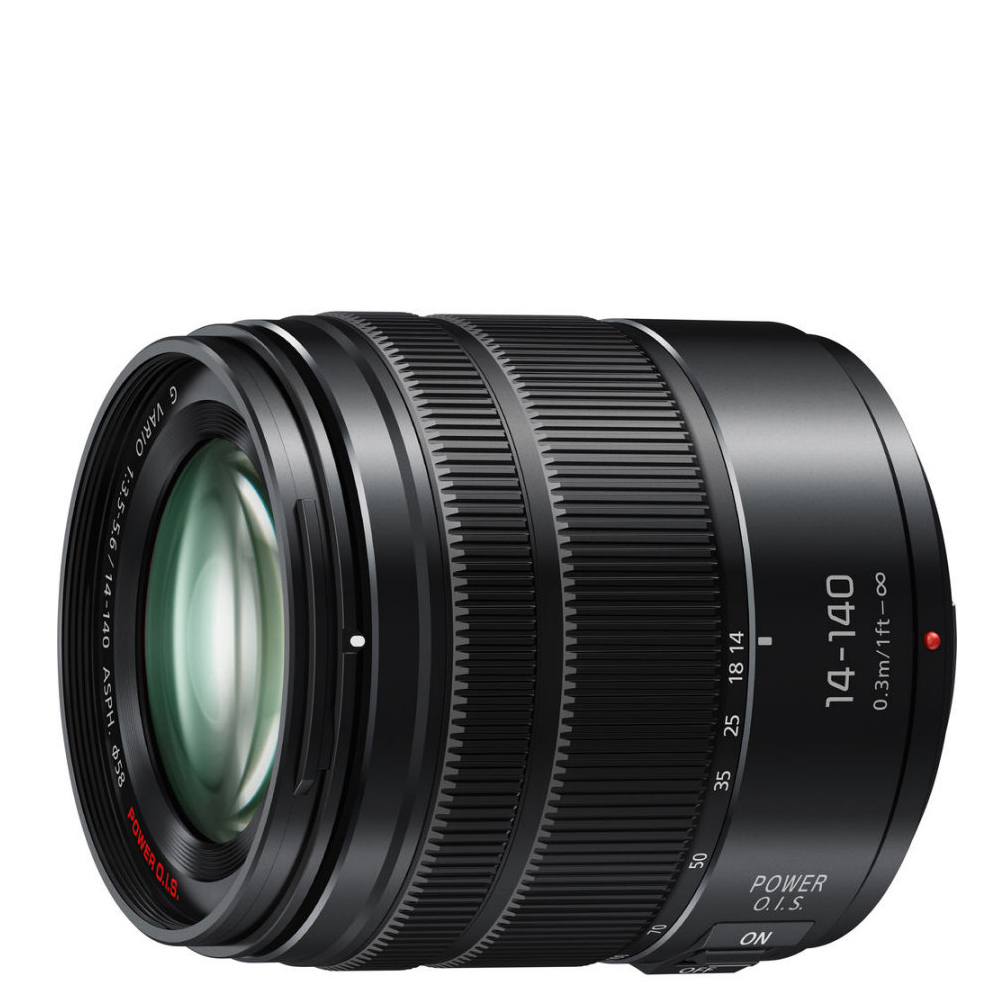
This small lens has a big 28-280mm effective zoom range, thanks to the Micro Four Thirds 2x equivalent focal length multiplier
Read more below
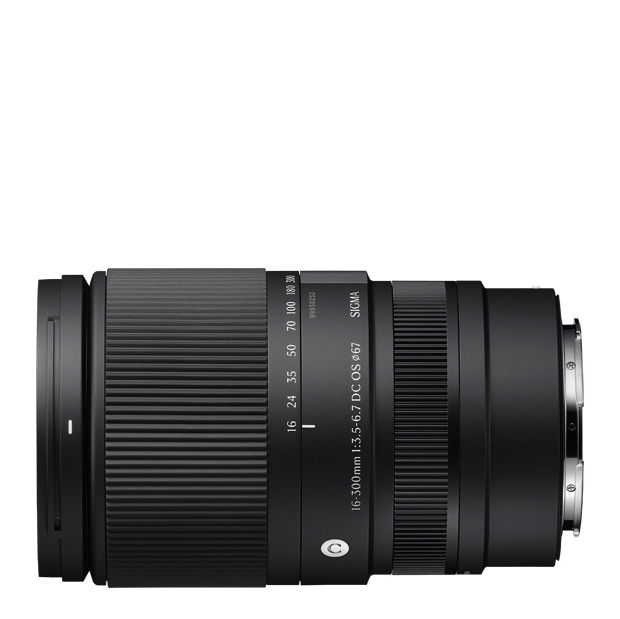
With an unbelievable 18.8x zoom range and coming in a wide range of mounts, this is my pick of APS-C superzooms
Read more below
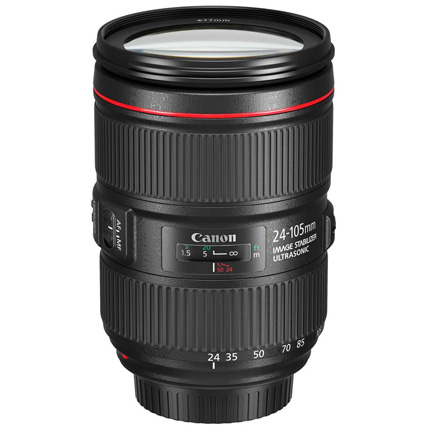
More of a generous standard zoom than a superzoom, this is the best option for Canon DSLR users that's still widely available
Read more below
Load the next products ↴
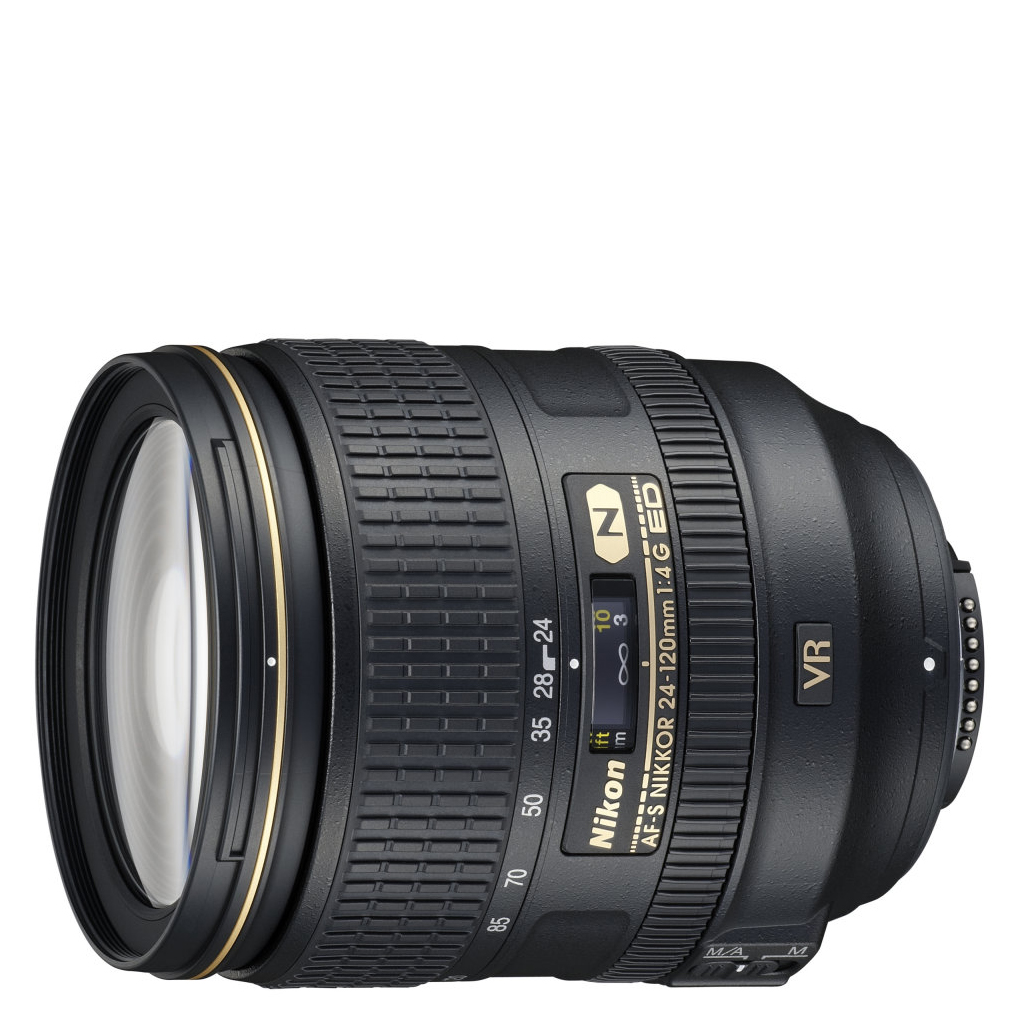
The 5x zoom range may not be as generous as some previously available Nikon DSLR options, but at least this one is still available
Read more below
Best lenses for travel photography
Why you can trust Digital Camera World
Best travel lens for Canon mirrorless cameras

Specifications
Reasons to buy
Reasons to avoid
If you're an EOS R-series shooter and want something with a longer focal range than the Canon's two 24-105mm options, then you're in luck as there’s also a superzoom option that isn’t overly big and heavy, and doesn’t cost silly money. It comes in the shape of the RF 24-240mm, which squeezes a very useful 10x zoom range into a reasonably lightweight and weather-sealed build.
Further attractions include a Nano USM autofocus system, which is super-fast for stills and enables smooth and virtually silent focus transitions during movie capture, and a highly effective 5-stop image stabilizer. At the short end of the zoom range, color fringing can be noticeable and barrel distortion is massive, but both of these aberrations are corrected in-camera by default, and when processing raw files. With this lens, Canon is combining optical and digital corrections rather than relying on optical corrections alone.
Read our full Canon RF 24-240mm f/4-6.3 IS USM review
Best travel lens for Nikon mirrorless cameras
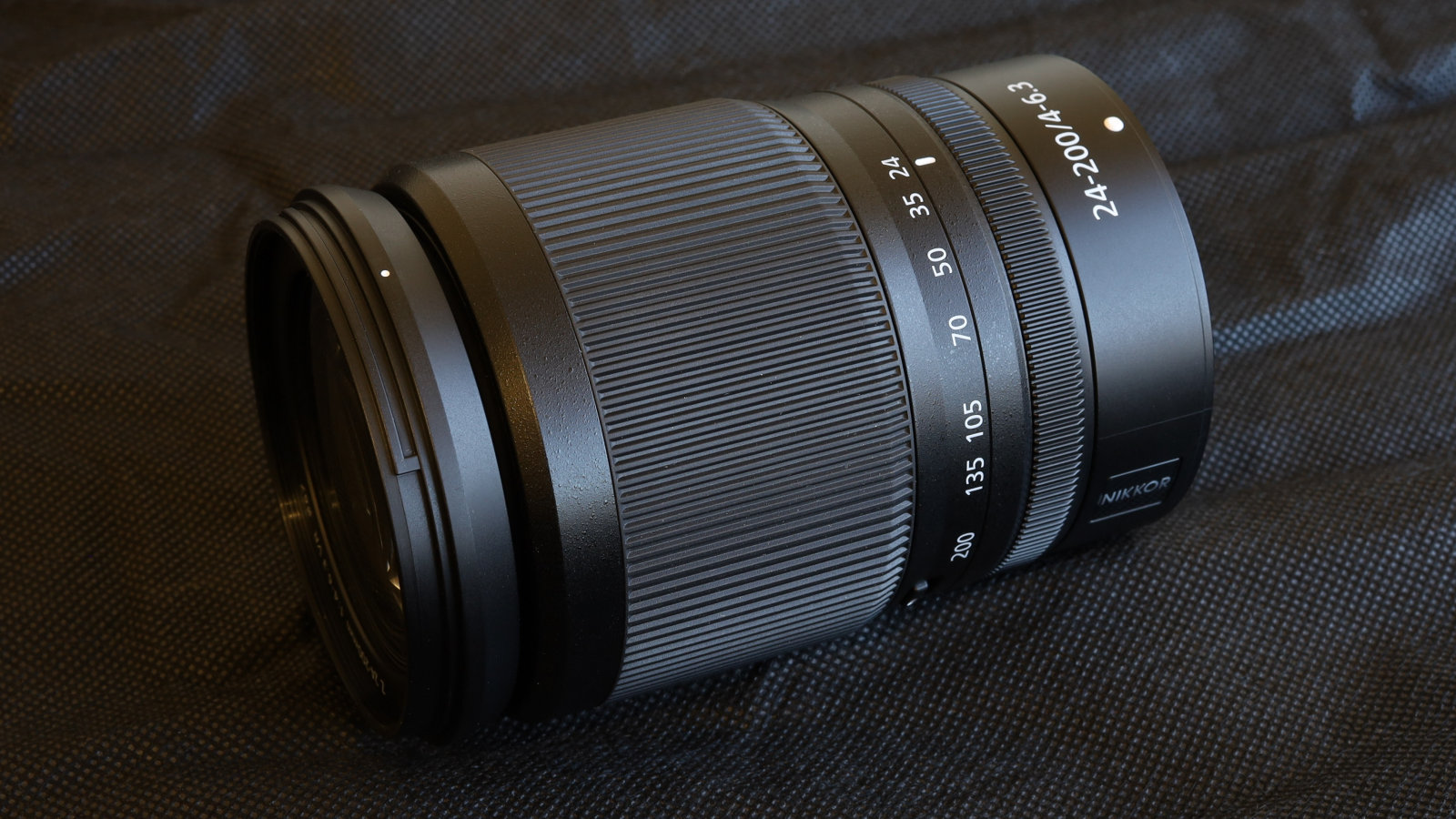
Specifications
Reasons to buy
Reasons to avoid
The list of travel-friendly credentials for this lens is long and impressive. It’s particularly compact and lightweight for a full-frame lens that boasts such an extensive zoom range, yet has a sturdy construction that includes comprehensive weather seals and a fluorine coating on the front element to repel moisture and grease. Image quality benefits from the inclusion of two aspherical elements, one aspherical ED (Extra-low Dispersion) element and two further ED elements. Nikon’s high-tech ARNEO coating is also applied to minimize ghosting and flare.
Not just for stills, the stepping motor-driven autofocus system enables smooth focus transitions during movie capture, along with minimal focus breathing and focus shift when zooming. Ideal, for full-frame Z-series cameras, the lens is also an interesting travel choice for Nikon's APS-C-sensor cameras, such as the Z50 II, where these cameras' 1.5x crop factor gives this lens an effective zoom range of 36-300mm.
Read our full Nikon Z 24-200mm f/4-6.3 VR review
Best travel lens for L-mount cameras

Specifications
Reasons to buy
Reasons to avoid
If you're in search of a versatile travel lens for your L-mount mirrorless, the Lumix S 28-200mm f/4-7.1 O.I.S. fits the bill perfectly. This lens stands out as the most compact and lightweight 7x superzoom lens available for any system, making it an ideal companion for travel without adding bulk or weight to your carry-on. Covering a range of commonly needed focal lengths, it's a must-have addition to any travel photographer's gear collection.
There are no compromises on image quality to be found here – the 28-200mm lens performs admirably, with only minor inconsistencies at the extreme end of the zoom. While it may not match the sharpness of prime or professional lenses, Panasonic has achieved commendable results for a lens of this category.
The standout feature of this Lumix S 28-200mm lens is its Dual I.S.2 image stabilization, combining optical stabilization with in-body stabilization. This system is among the best available, significantly enhancing stability for both stills photography and particularly impressive results in handheld video shooting, even at 200mm.
Read our full Panasonic Lumix S 28-200mm f/4-7.1 Macro O.I.S. review
Best travel lens for Micro Four Thirds

Specifications
Reasons to buy
Reasons to avoid
Micro Four Thirds format travel zooms from Olympus include the budget-friendly 14-150mm II and the up-market 12-200mm. They’re both very desirable lenses but we prefer this Panasonic option, which splits the two Olympus zooms for selling price, while adding a highly effective 4-stop optical image stabilizer. Thanks to the 2x crop factor of Micro Four Thirds cameras, the effective zoom range is 28-280mm in full-frame terms, thereby nearly matching 18-200mm lenses on APS-C format cameras.
It delivers this in a remarkably compact package that weighs a mere 265g. That’s only about half the weight of some APS-C format 18-200mm lenses, making the Panasonic particularly travel-friendly. Even so, it packs a fast autofocus system and quality glass, including three aspherical elements and two ED (Extra-low Dispersion) elements. For a superzoom lens, sharpness is both very good and highly consistent throughout the entire zoom range.
Read our full Panasonic LUMIX G VARIO 14-140mm f/3.5-5.6 II ASPH Power OIS review
Best travel lens for APS-C cameras
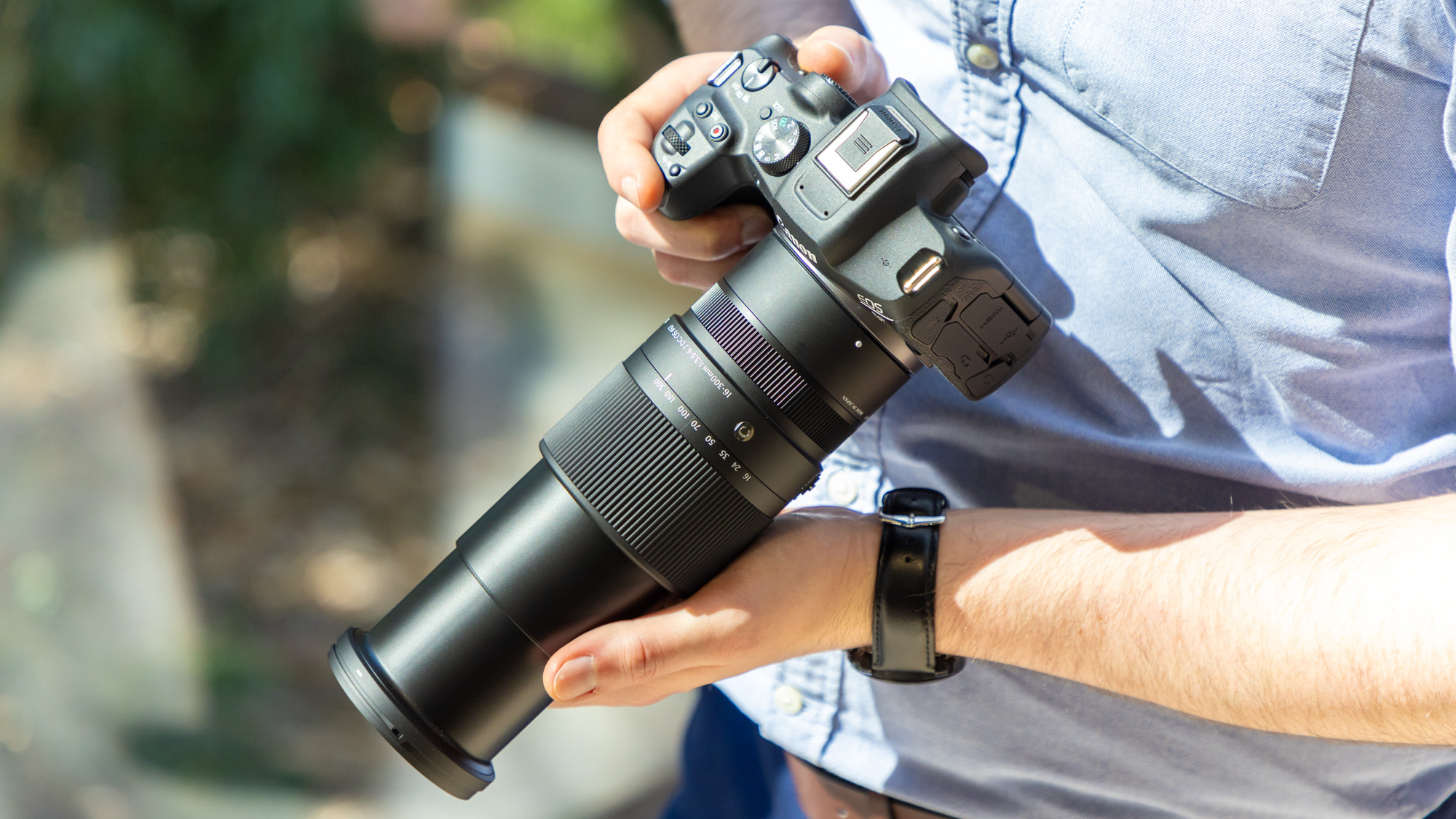
Specifications
Reasons to buy
Reasons to avoid
The Sigma 16-300mm f/3.5-6.7 DC OS | C. It's a formidable travel lens and really is a brilliant solution if you're short of space (or weight) and only have room to take one lens on your travels, with its monster 18.8x range equating to 24-450mm in full-frame terms (25.6-480mm on Canon cameras). The main consideration is that it prioritizes zoom range flexibility and versatility over outright image quality, so if you're looking for the very best top-of-the-line quality then it won't be for you. Its fastest apertures range from f/3.5 at the wide end to a fairly sluggish f/6.7 at the telephoto, so likewise, if you're looking to photograph fast-paced sport or blur backgrounds with a wide aperture then this lens won't be the best option.
However, if you're in the market for a travel lens that you can keep on all day for landscapes and travel shots, both wide angle at 16mm and zoomed in at 300mm, it's a brilliant option. Its super fast and quiet autofocus and 1:2 macro capabilities also bolster its value further and make it brilliant value for money.
Read our hands-on Sigma 16-300mm f/3.5-6.7 DC OS | C review
Best travel lens for Canon DSLR cameras

Specifications
Reasons to buy
Reasons to avoid
Canon does make a proper full-frame superzoom travel lens - the EF 28-300mm f/3.5-5.6L IS USM - so why have we picked this 24-105mm instead? Quite simply, this is a better travel lens. At 795g, it's less than half the weight of the 28-300mm, so is much more travel-friendly, and it's also about half the price. That still doesn't make it cheap, but at least you can feel a little less conspicuous.
The new Mk II version of the EF 24-105mm f/4L IS has been redesigned to be tougher and more resistant to shock and vibration, and it features fluorine coatings on the front and rear elements. More importantly, the optics have been revamped, with the aim of improving sharpness across the whole image frame, throughout the zoom range.
Barrel distortion from the preceding 24-105mm lens was notoriously bad at the short end of the zoom range, but the Mk II performs a little better. It’s also a bit sharper, autofocus is a little quicker and bokeh is smoother, thanks to the fitment of ten, rather than eight, diaphragm blades. Overall, however, each of the improvements is quite subtle rather than making a hugely noticeable difference.
Read our full Canon EF 24-105mm f/4L IS II USM review
Best travel lens for Nikon DLSR cameras

Specifications
Reasons to buy
Reasons to avoid
Nikon and Tamron have both manufactured 28-300mm superzoom lenses for many years, offering a travel-friendly option for Nikon full-frame SLRs. There’s not a lot to choose between them for handling, image quality and all-round performance. Both are good rather than great.
To make the most of Nikon’s full-frame SLRs, it pays to set your sights rather lower in terms of zoom range, and to go for quality instead. The latest edition of Nikon’s 24-120mm VR is our first choice. It’s relatively compact and has excellent handling characteristics. It also gives you more a generous wide-angle perspective at the short end of the zoom range. The flipside, naturally, is that you’ll lose out on powerful telephoto reach, but that's often less useful than you expect anyway.
Read our full Nikon AF-S 24-120mm f/4G ED VR review
How we test travel lenses
We test lenses using both real world sample images and lab tests. Our lab tests are carried out scientifically in controlled conditions using the Imatest testing suite, which consists of custom charts and analysis software that measures resolution in line widths/picture height, a measurement widely used in lens and camera testing. We find the combination of lab and real-word testing works best, as each reveals different qualities and characteristics.
Get the Digital Camera World Newsletter
The best camera deals, reviews, product advice, and unmissable photography news, direct to your inbox!
Matthew Richards is a photographer and journalist who has spent years using and reviewing all manner of photo gear. He is Digital Camera World's principal lens reviewer – and has tested more primes and zooms than most people have had hot dinners!
His expertise with equipment doesn’t end there, though. He is also an encyclopedia when it comes to all manner of cameras, camera holsters and bags, flashguns, tripods and heads, printers, papers and inks, and just about anything imaging-related.
In an earlier life he was a broadcast engineer at the BBC, as well as a former editor of PC Guide.
- Adam WaringGuides Editor
